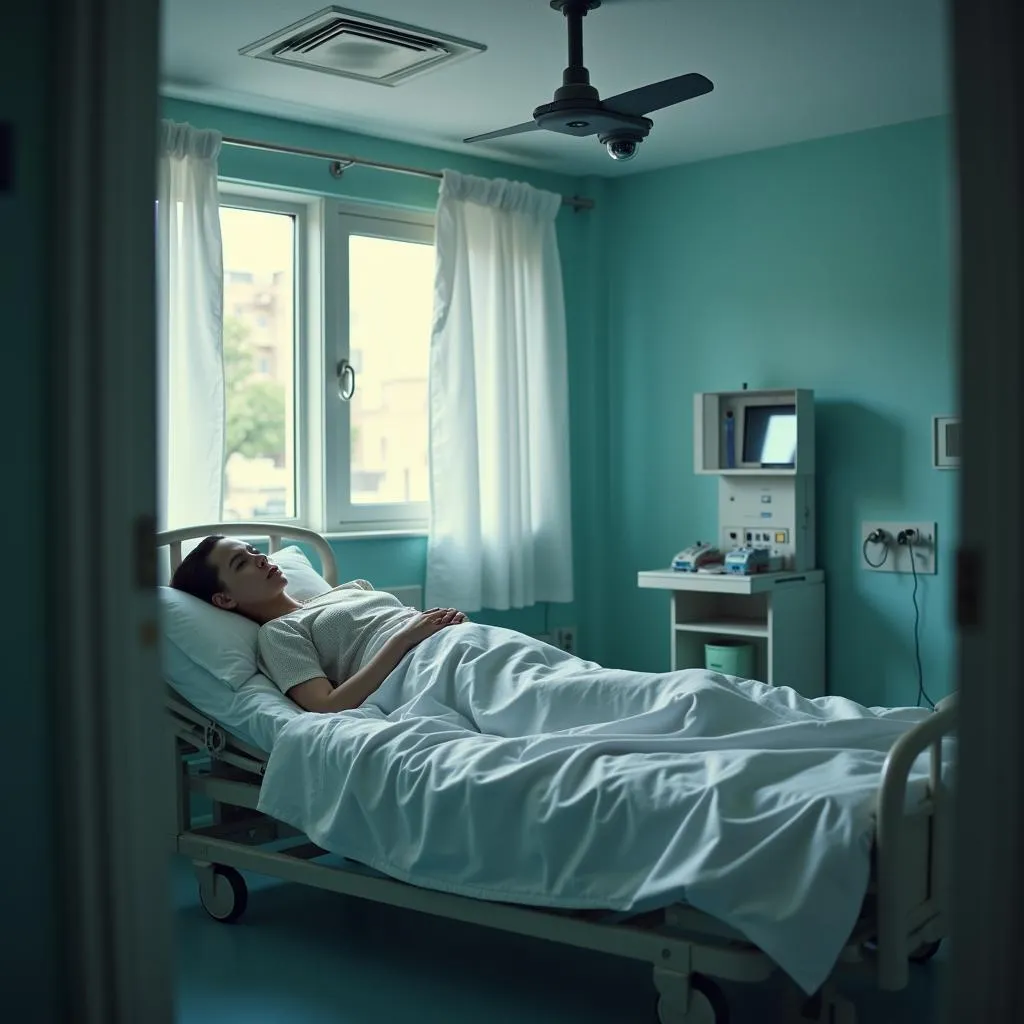The use of cameras in hospital patient rooms is a complex issue that raises important questions about patient privacy, security, and consent. While there are potential benefits to using cameras in healthcare settings, such as deterring crime and monitoring patient safety, there are also significant ethical and legal considerations that must be carefully weighed.
The Legality of Cameras in Hospital Rooms
The legality of cameras in patient rooms varies depending on the jurisdiction and the specific circumstances. In general, hospitals are required to comply with federal and state laws regarding patient privacy and confidentiality, such as the Health Insurance Portability and Accountability Act (HIPAA). HIPAA prohibits the disclosure of protected health information (PHI) without the patient’s consent, which includes images captured by cameras.
However, there are some exceptions to this rule. For example, cameras may be permissible in certain areas of a hospital, such as hallways and waiting rooms, for security purposes. Additionally, hospitals may be able to use cameras in patient rooms with the patient’s explicit consent, such as for telemedicine appointments or remote monitoring.
Ethical Considerations
Even in cases where cameras in patient rooms may be legal, there are still ethical considerations that must be addressed. Patients have a right to privacy and dignity, and the use of cameras can potentially violate these rights. The constant surveillance of a camera can be intrusive and dehumanizing, and it may make patients feel uncomfortable or anxious.
Furthermore, the use of cameras raises concerns about patient autonomy and consent. Patients may feel pressured to consent to the use of cameras, especially if they are in a vulnerable state. It is crucial that hospitals obtain informed consent from patients before using cameras in their rooms, and patients should be fully informed about the purpose of the cameras, how the footage will be used, and how their privacy will be protected.
 Hospital room with a security camera and a patient lying in bed, highlighting the ethical considerations.
Hospital room with a security camera and a patient lying in bed, highlighting the ethical considerations.
Potential Benefits of Cameras in Patient Rooms
Despite the ethical and legal challenges, there are some potential benefits to using cameras in patient rooms. One of the main benefits is improved patient safety. Cameras can be used to monitor patients who are at risk of falls, wandering, or self-harm. They can also be used to detect and deter abuse or neglect by staff members.
Additionally, cameras can be used to enhance security in hospitals. They can help to deter theft, vandalism, and other crimes. In the event of an incident, camera footage can be used as evidence to identify and apprehend suspects.
Best Practices for Using Cameras in Hospitals
If hospitals choose to use cameras in patient rooms, it is essential that they do so responsibly and ethically. Here are some best practices to consider:
- Obtain informed consent: Hospitals must obtain explicit, informed consent from patients before installing or activating cameras in their rooms.
- Limit camera placement and usage: Cameras should only be placed in areas where there is a legitimate safety or security concern. They should not be placed in areas where patients have a reasonable expectation of privacy, such as bathrooms or changing rooms.
- Establish clear policies and procedures: Hospitals should develop clear policies and procedures regarding the use of cameras, including protocols for accessing and storing footage, responding to incidents, and addressing privacy concerns.
- Train staff members: All staff members who interact with cameras or footage should receive thorough training on relevant privacy laws, ethical considerations, and hospital policies.
- Be transparent with patients: Hospitals should be transparent with patients about the use of cameras in their facilities. They should provide clear and accessible information about the location of cameras, the purpose of their use, and how patient privacy is being protected.
 A doctor explains the hospital's camera policy to a patient, emphasizing transparency and informed consent.
A doctor explains the hospital's camera policy to a patient, emphasizing transparency and informed consent.
Conclusion
The use of cameras in hospital patient rooms is a multifaceted issue with both potential benefits and significant challenges. While cameras can play a role in enhancing security and patient safety, it is crucial to prioritize patient privacy, autonomy, and dignity. Hospitals must carefully consider the legal and ethical implications before implementing any form of surveillance technology, ensuring that patient rights are protected and that any use of cameras is justified, transparent, and subject to appropriate safeguards. For any inquiries or concerns, please contact San Jose Hospital at 02437655121, email us at [email protected] or visit us at Số 298 Đ. Cầu Diễn, Minh Khai, Bắc Từ Liêm, Hà Nội, Việt Nam. Our dedicated team is available 24/7 to assist you.